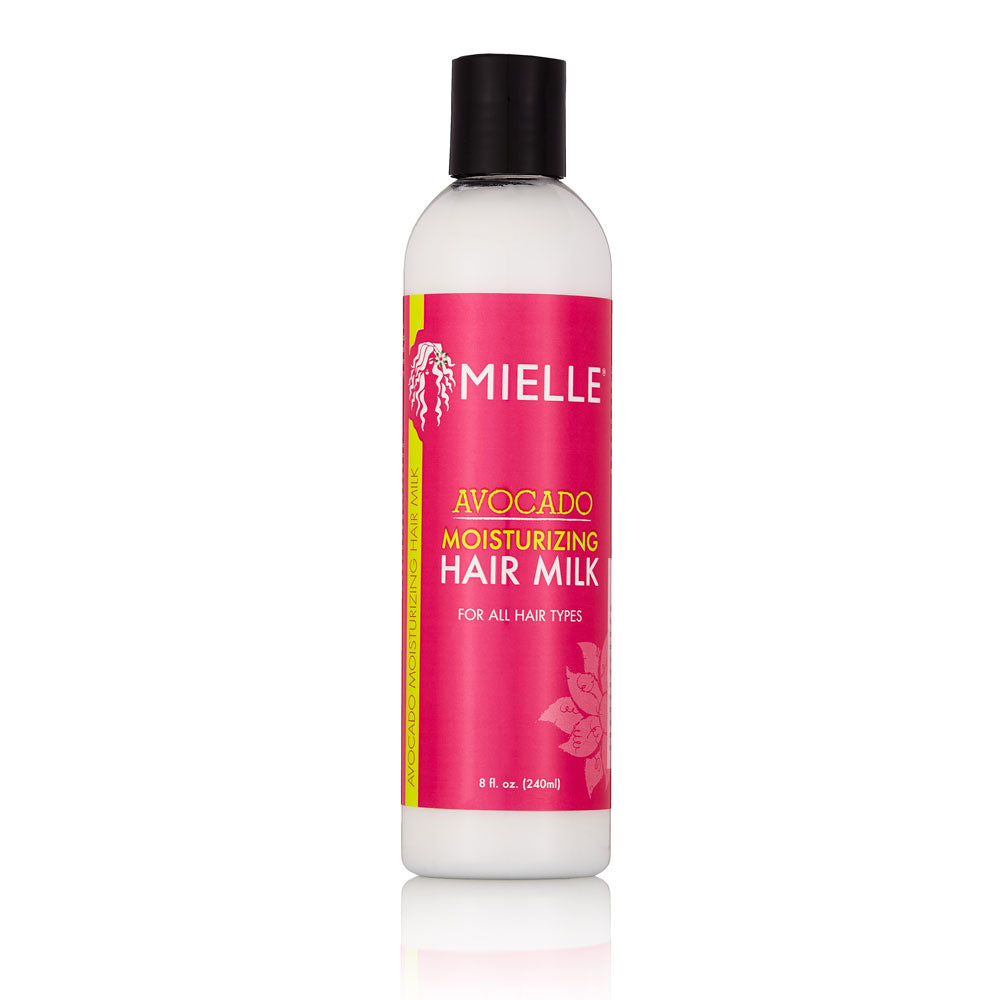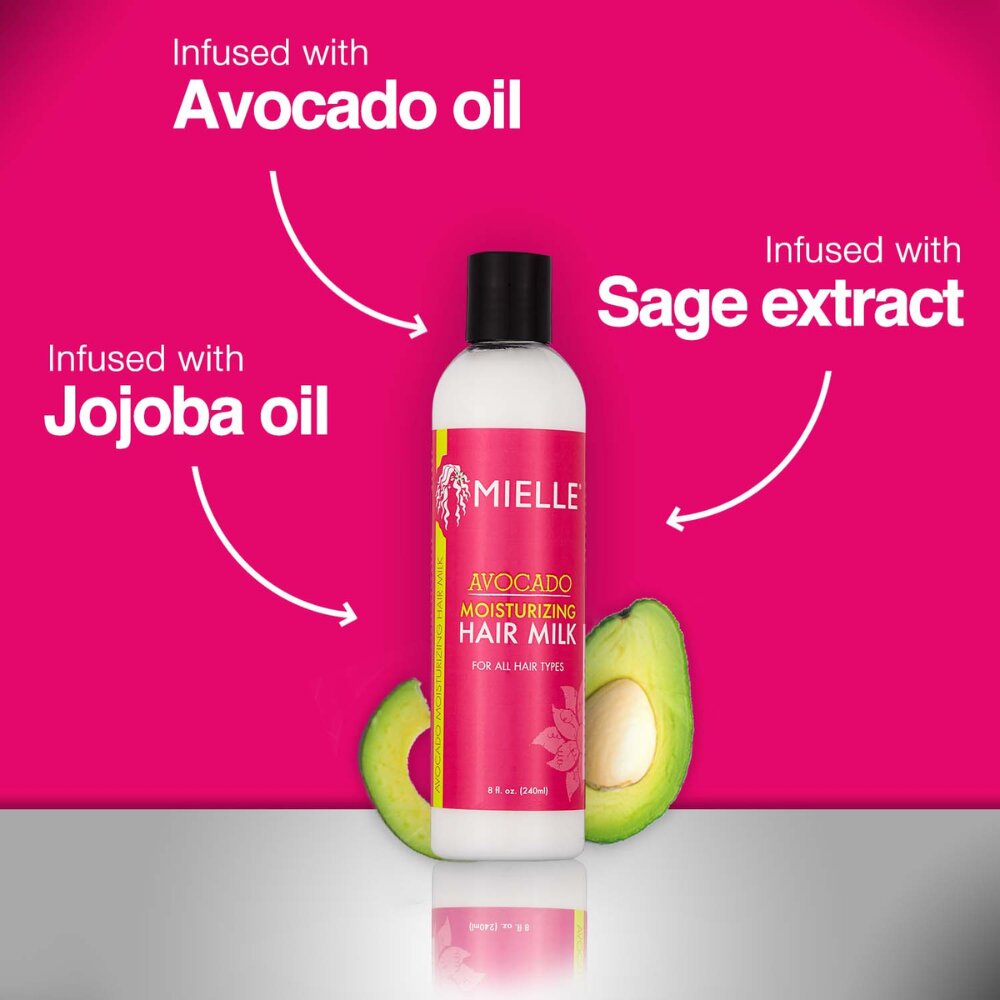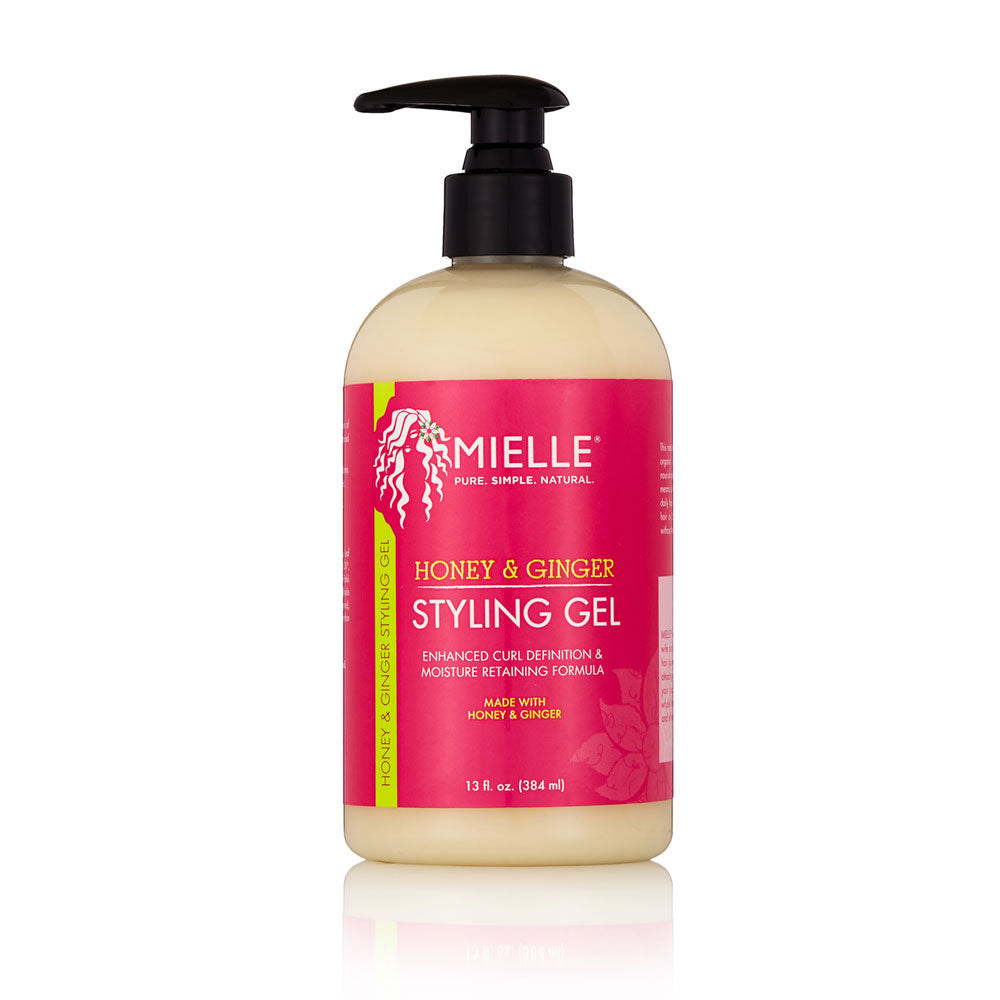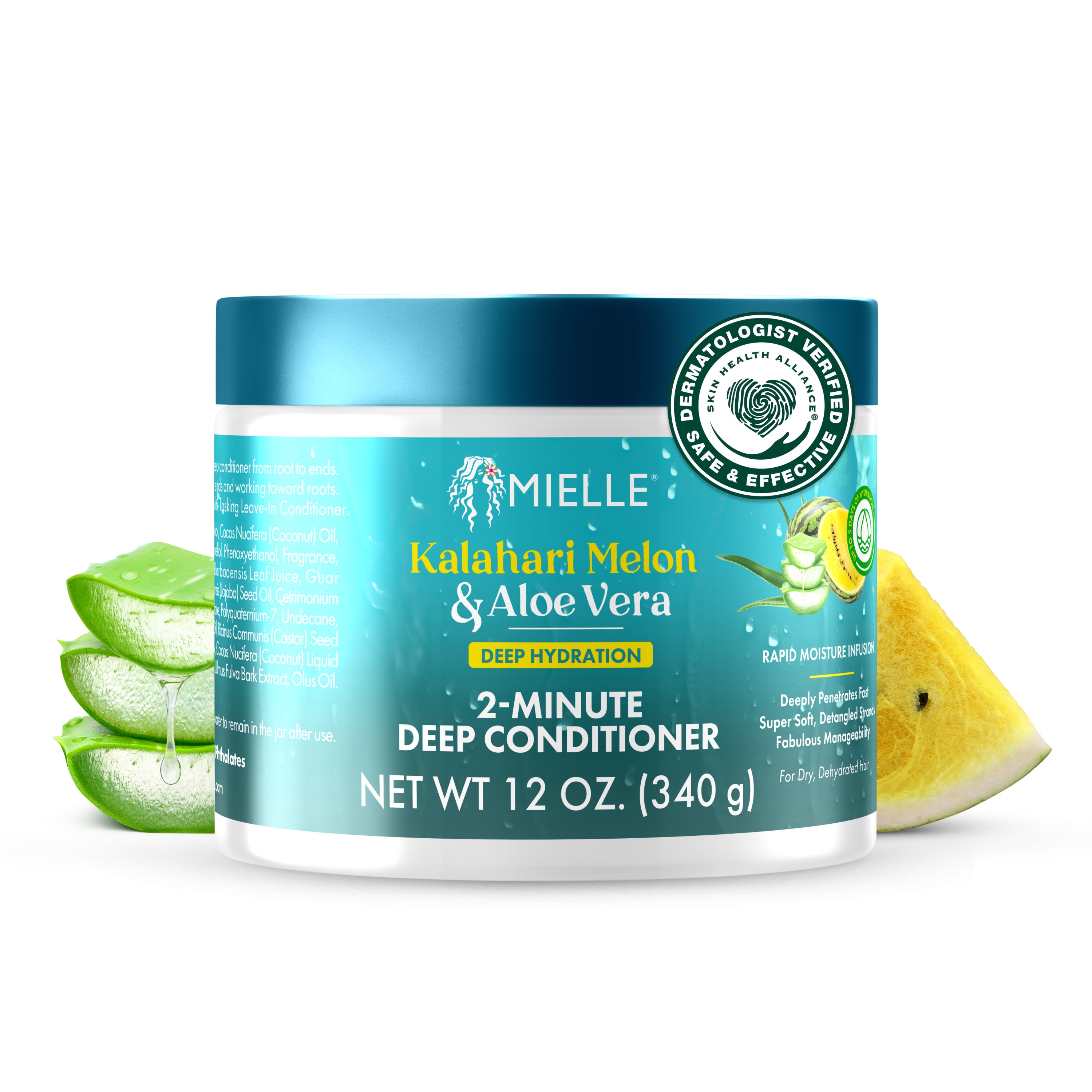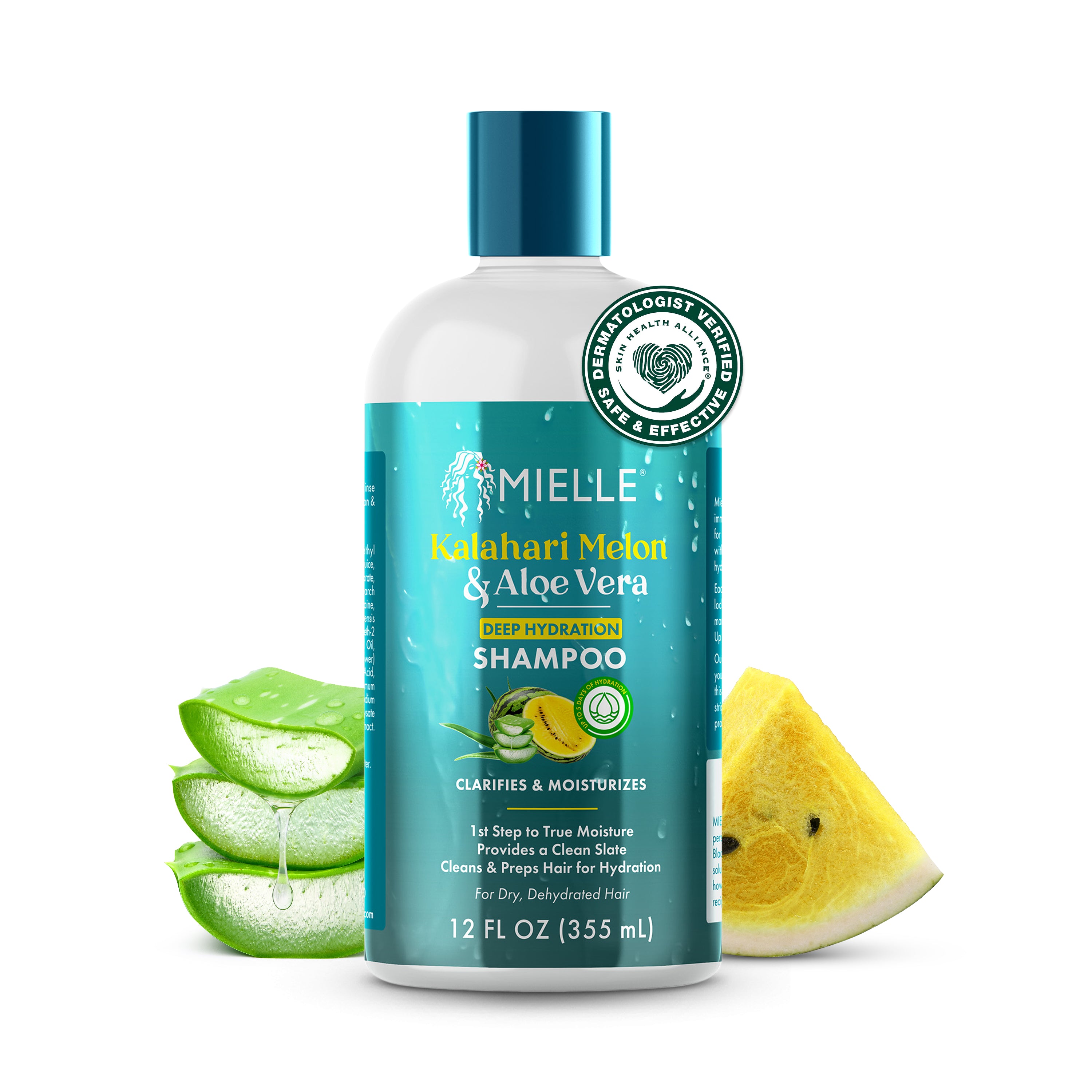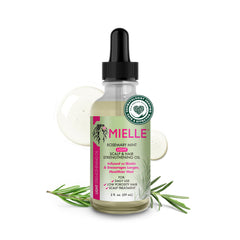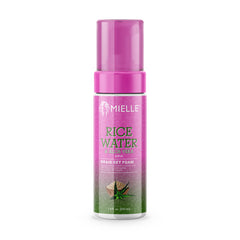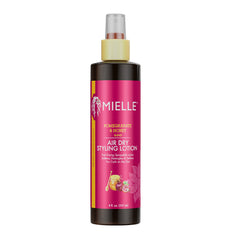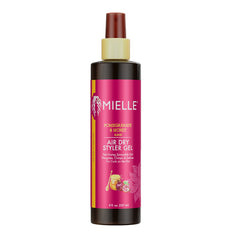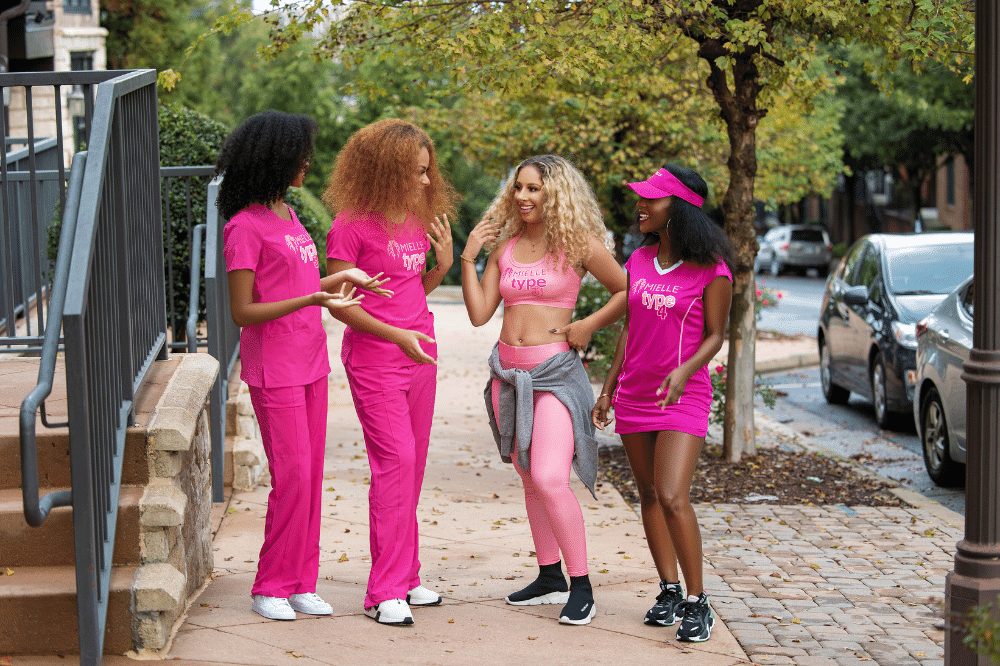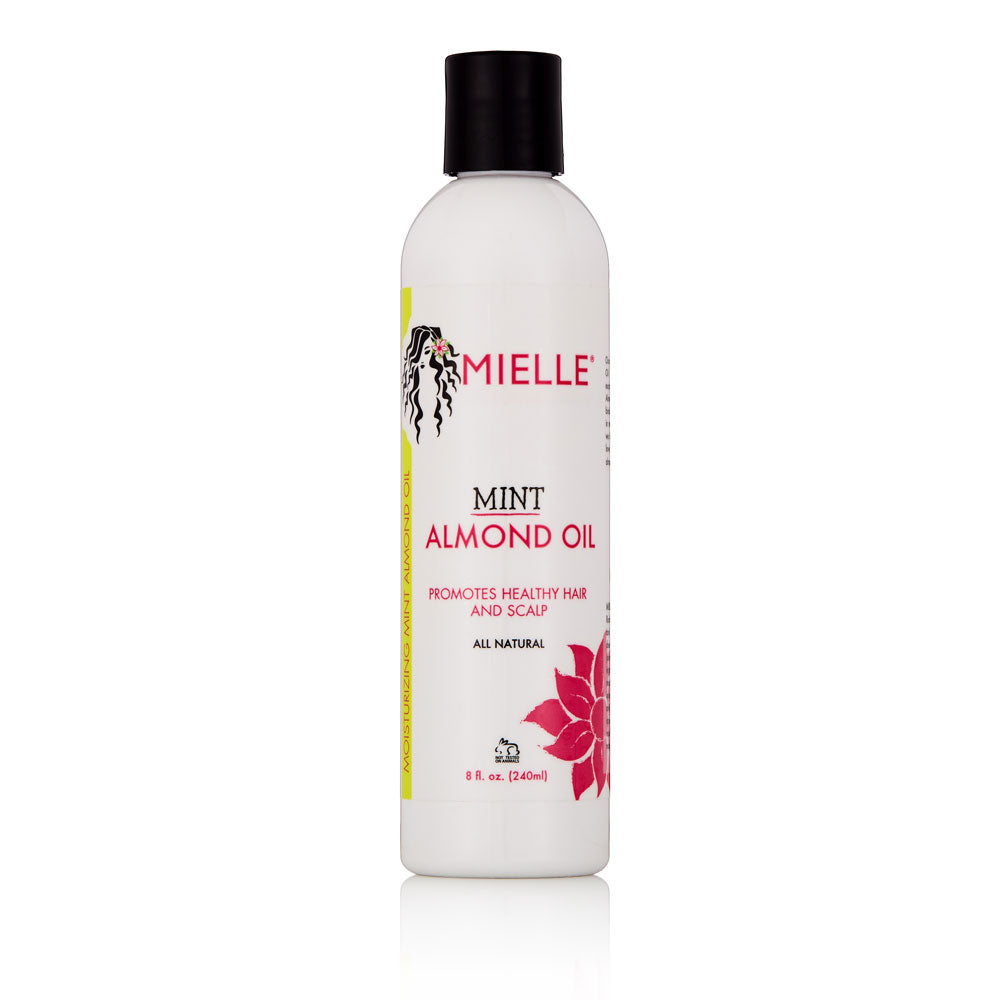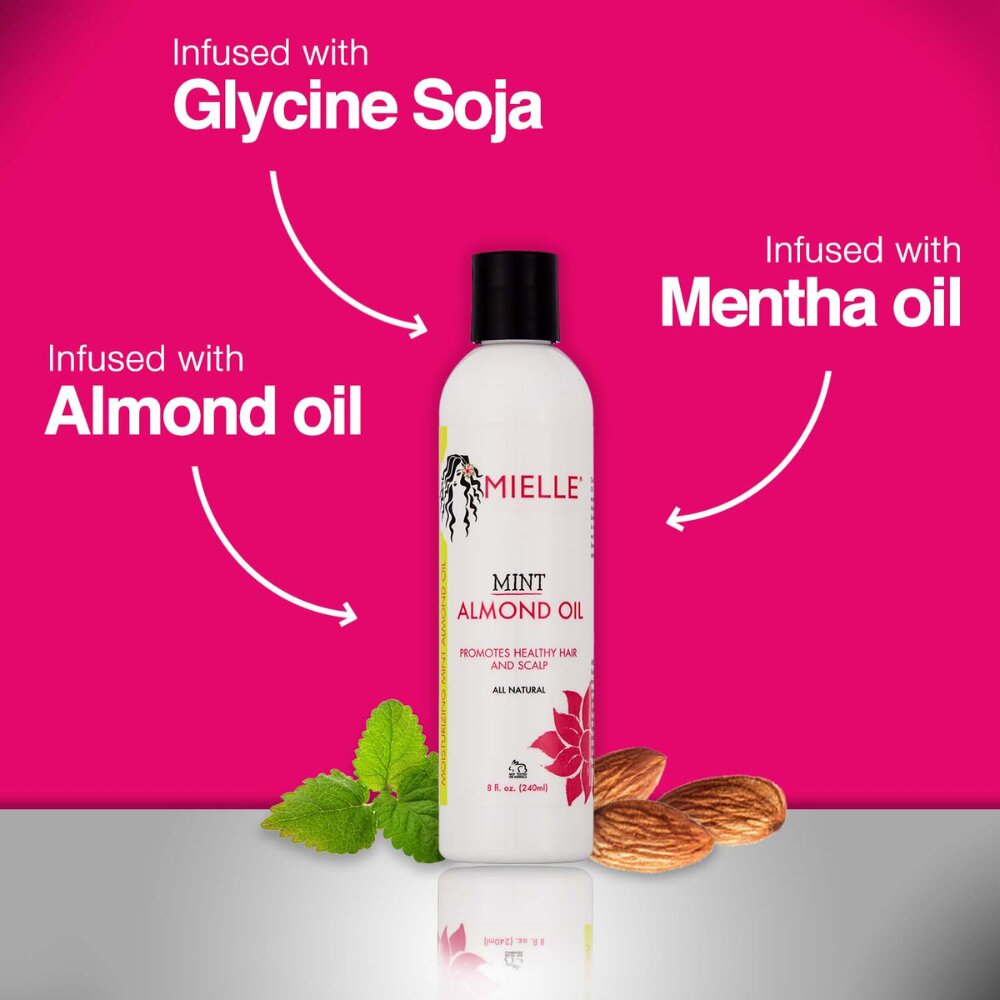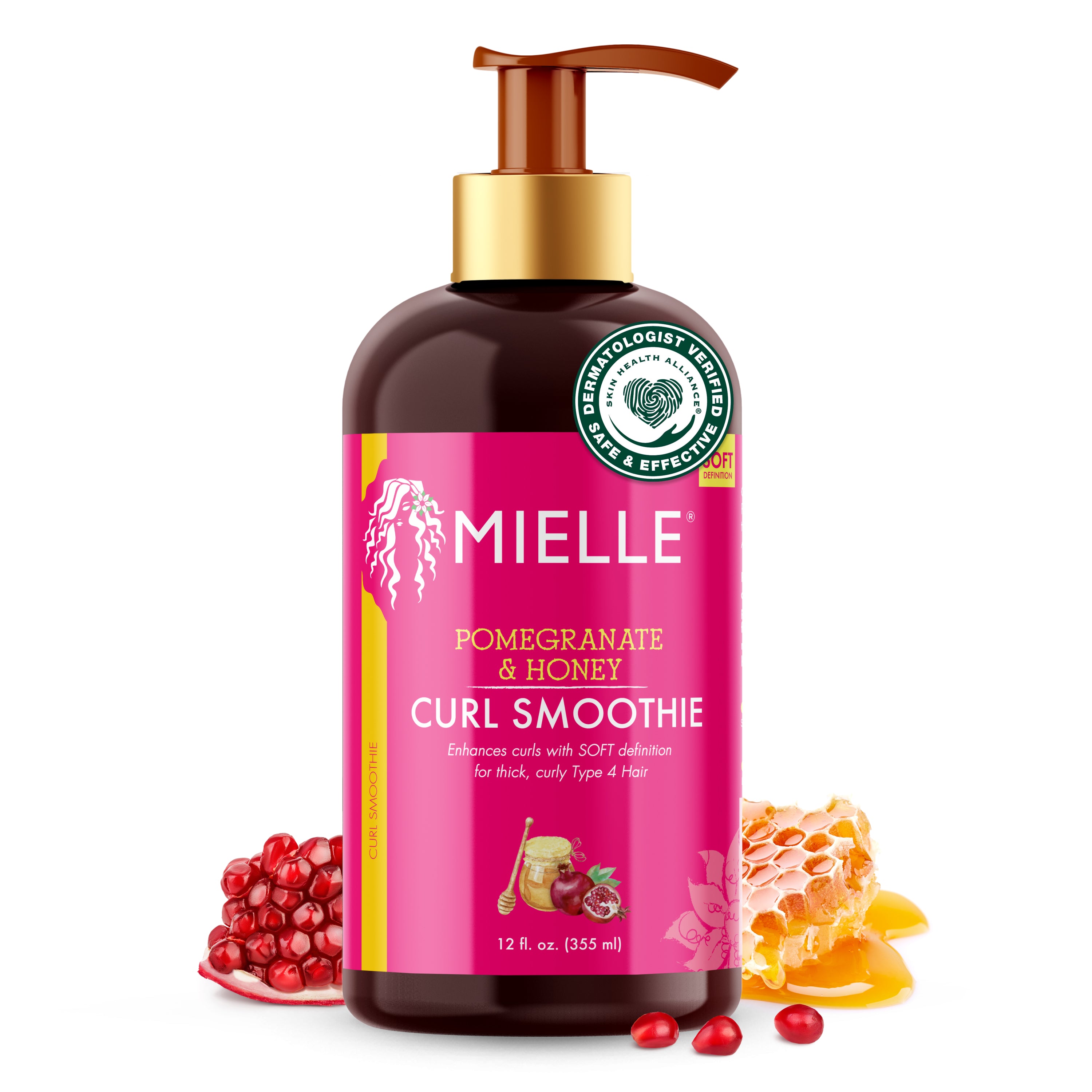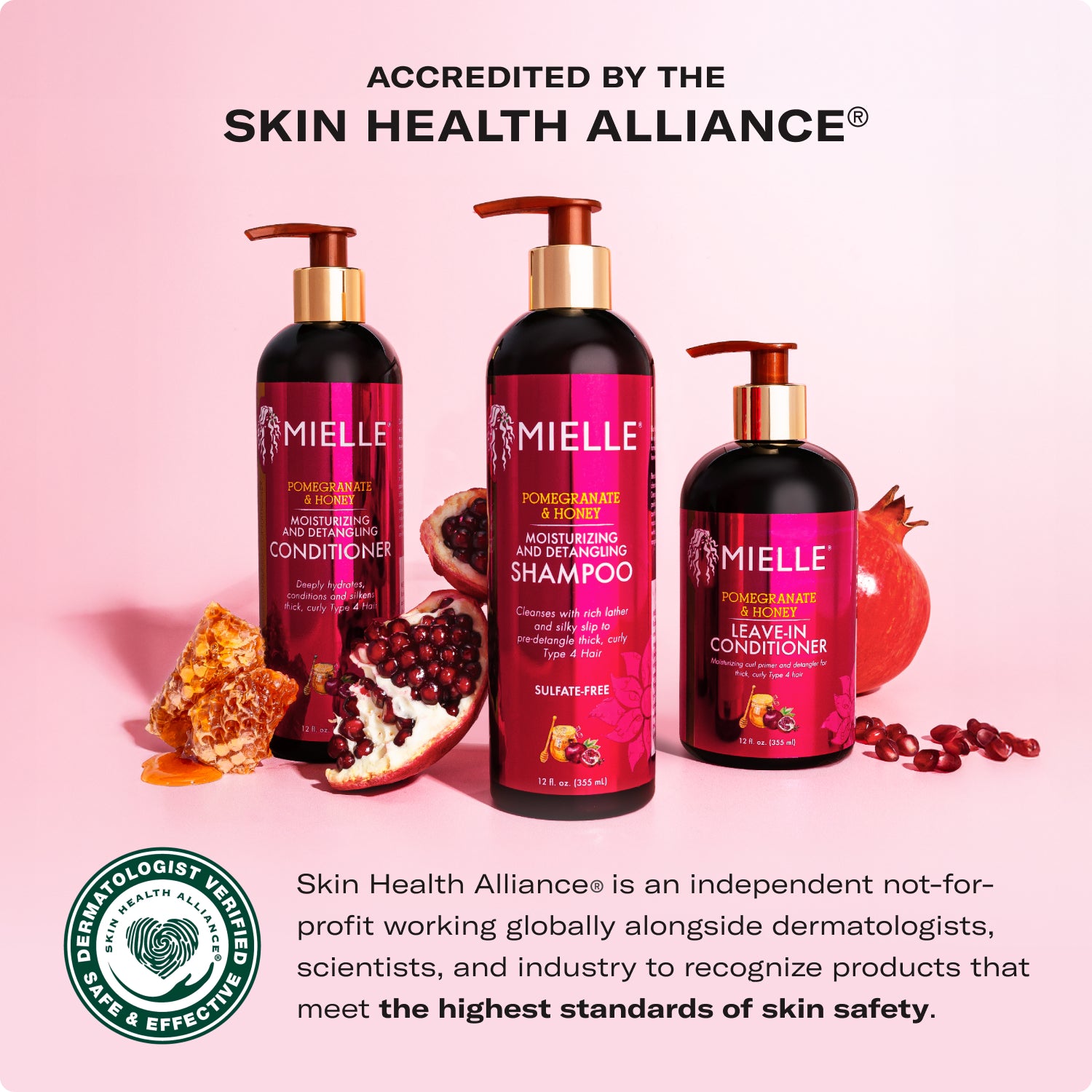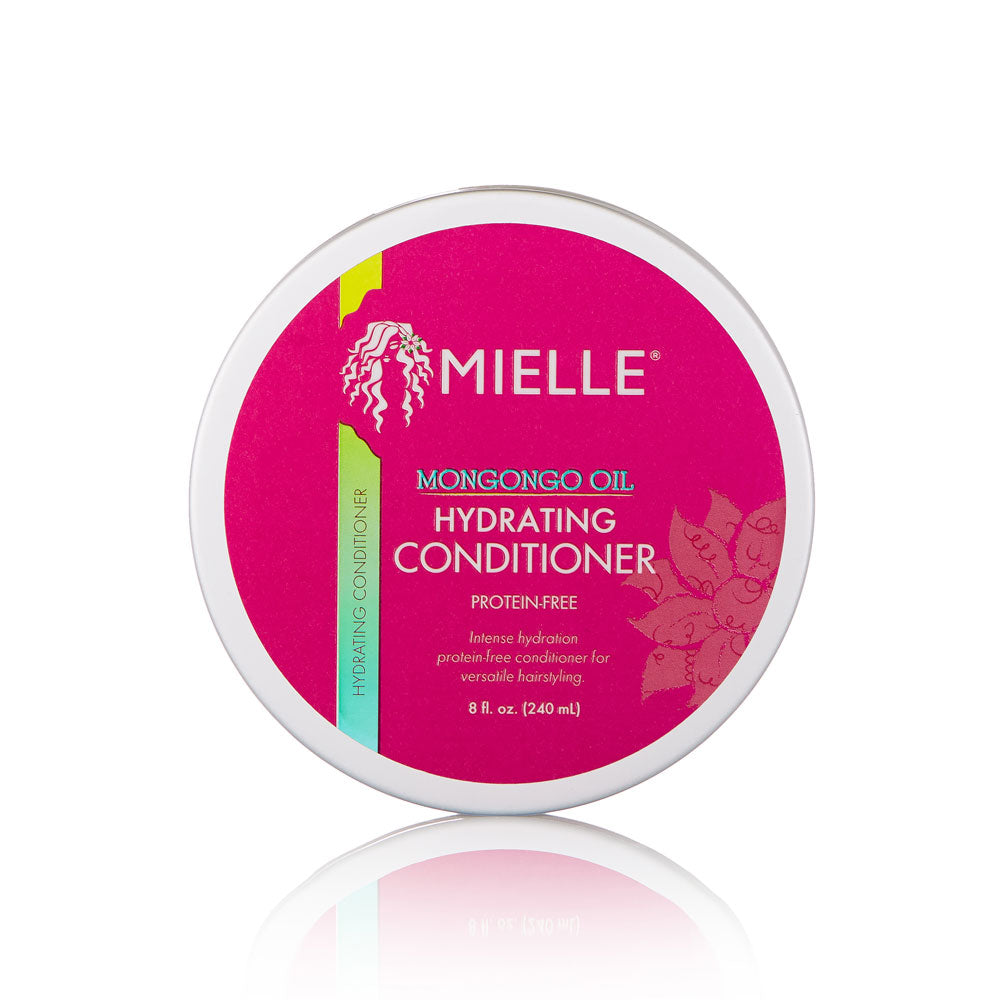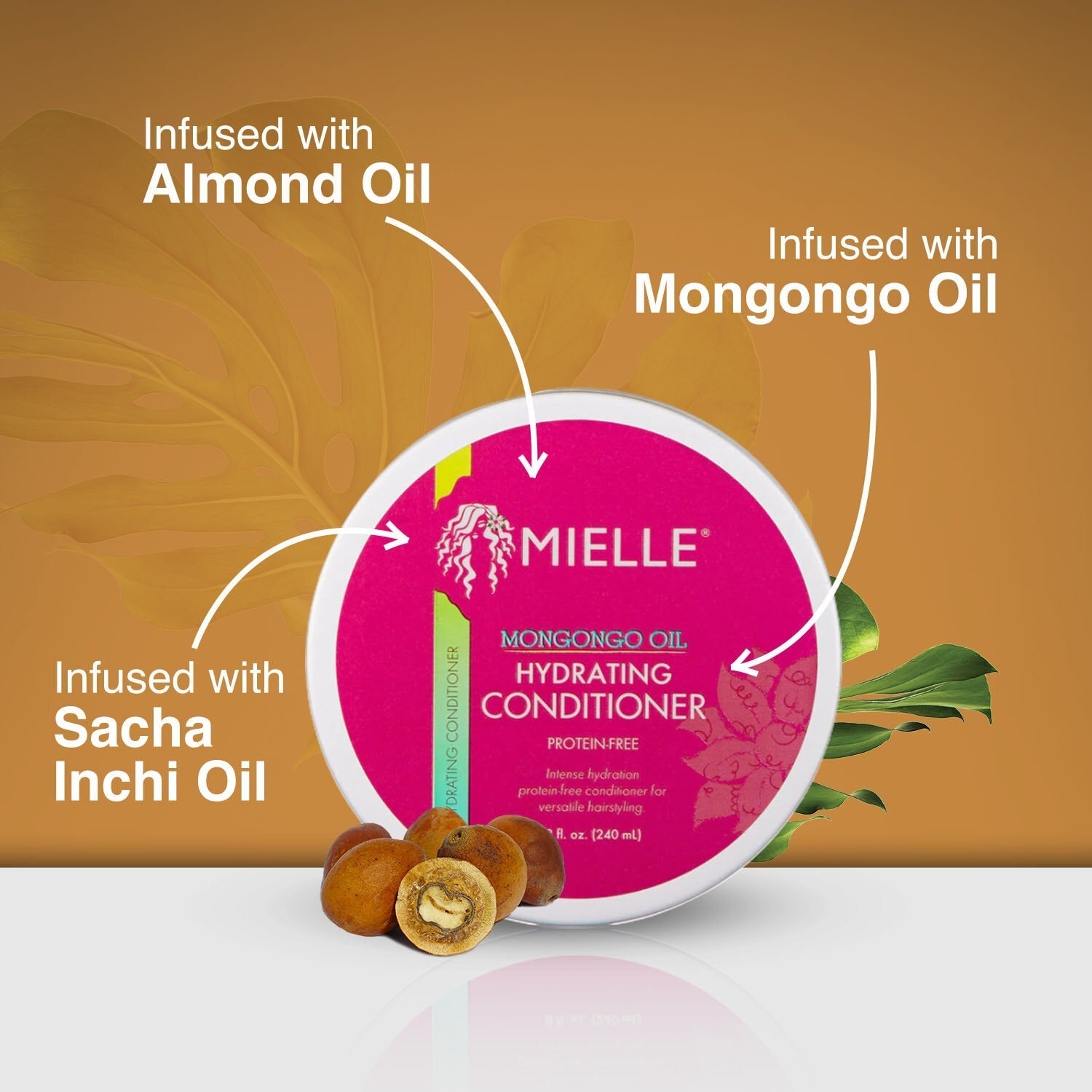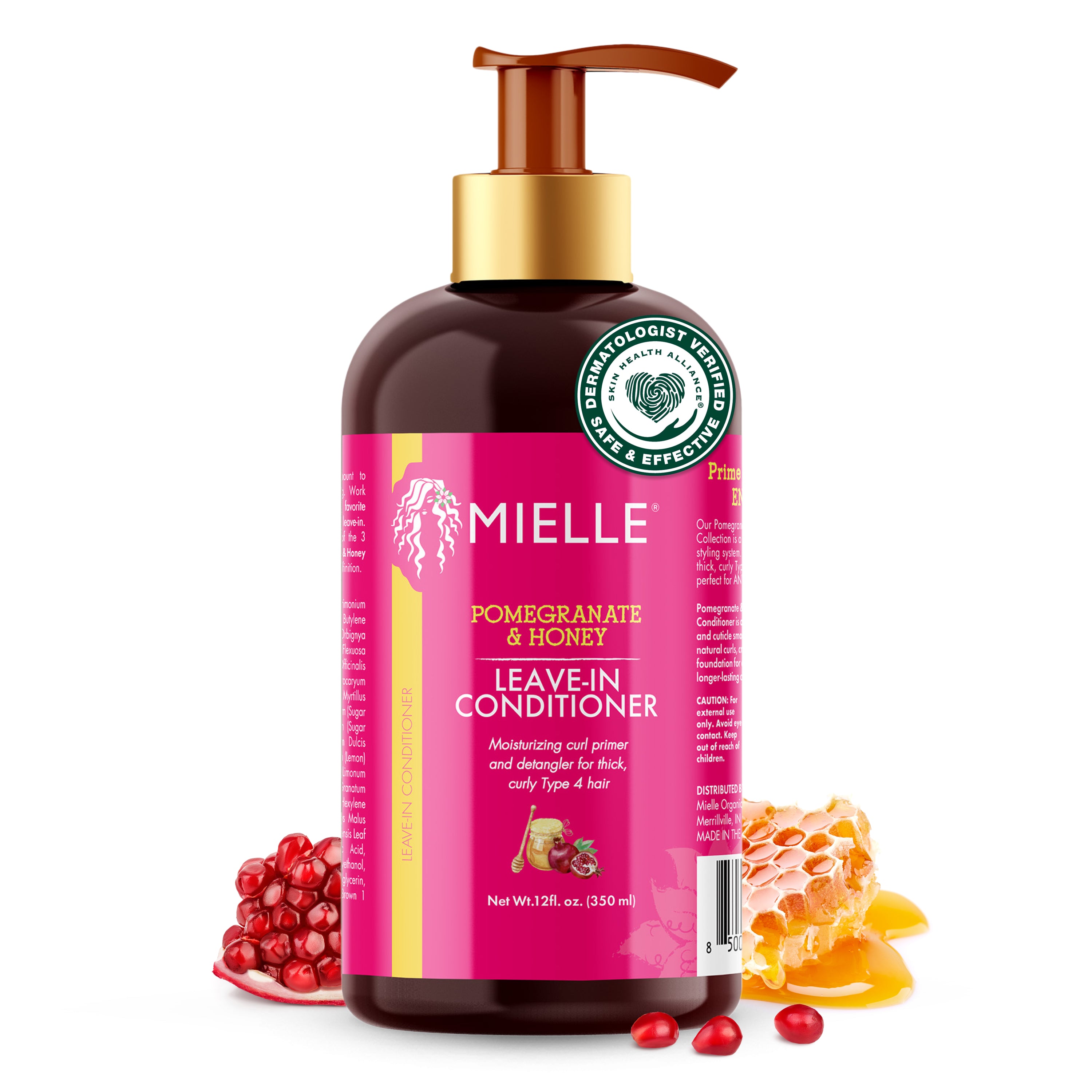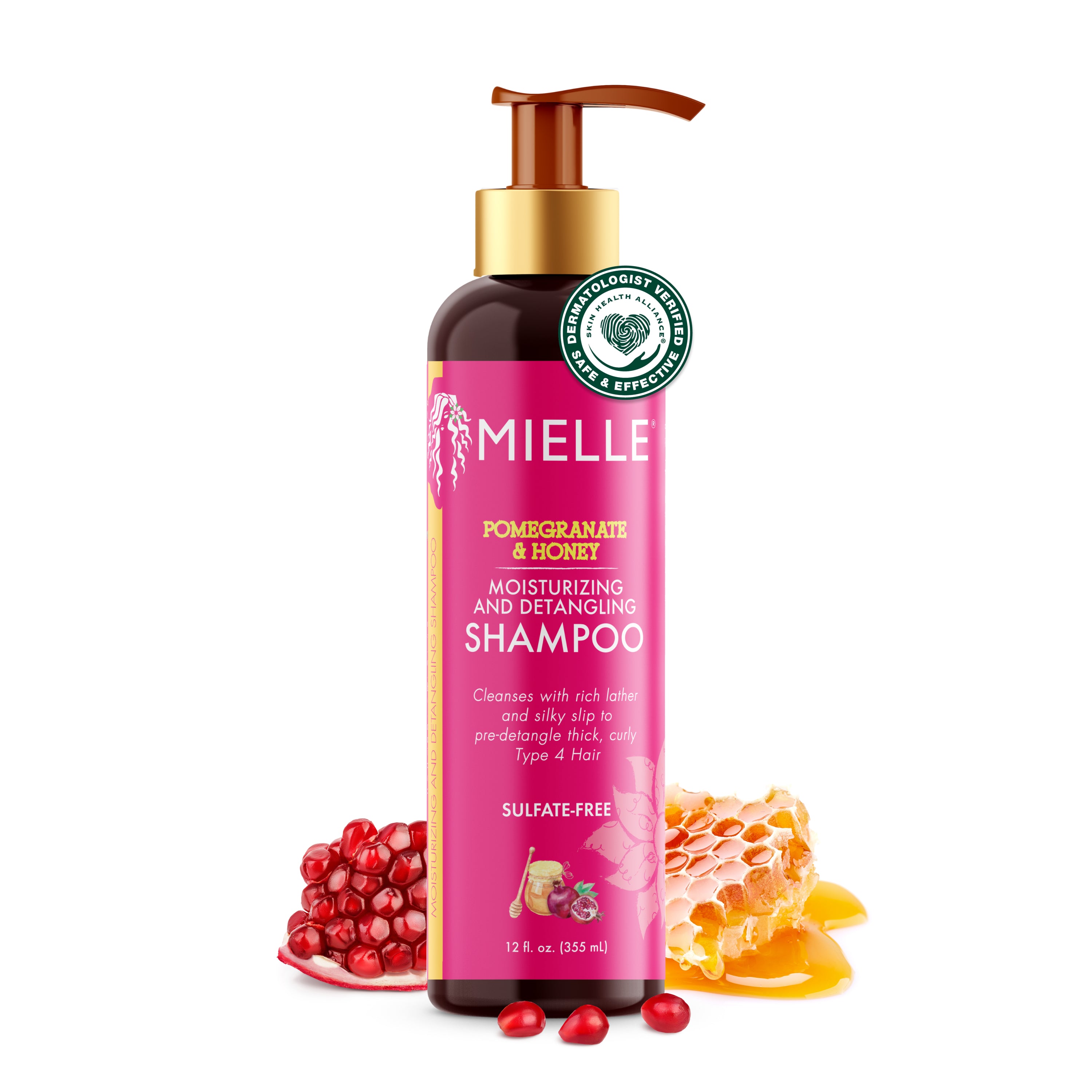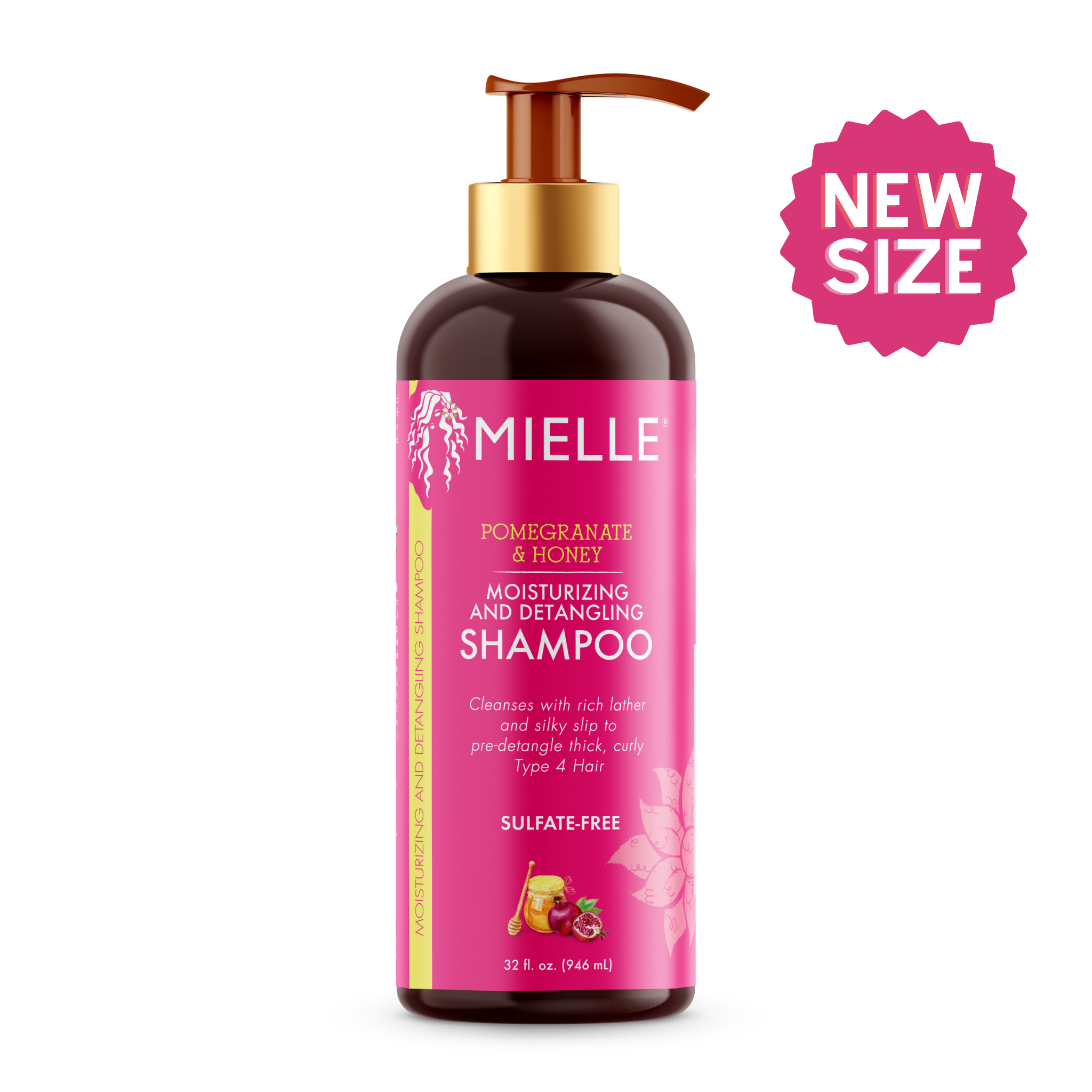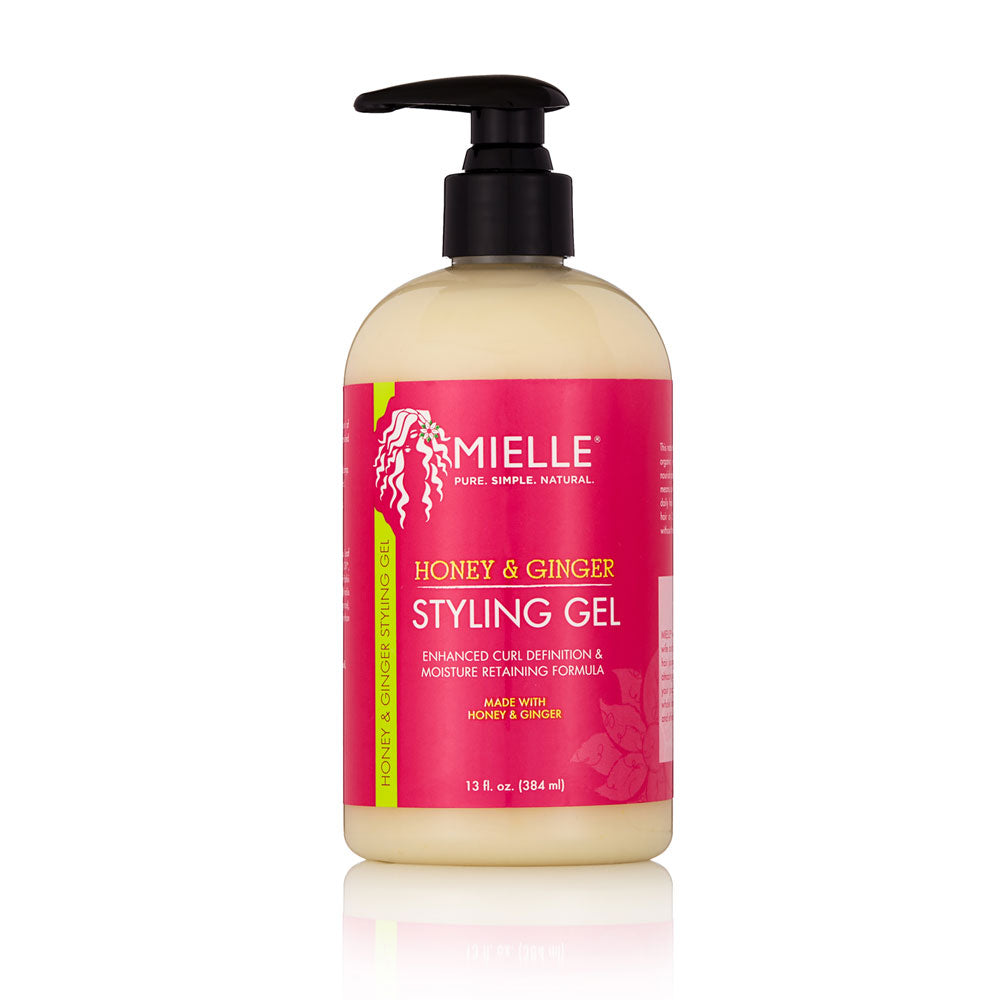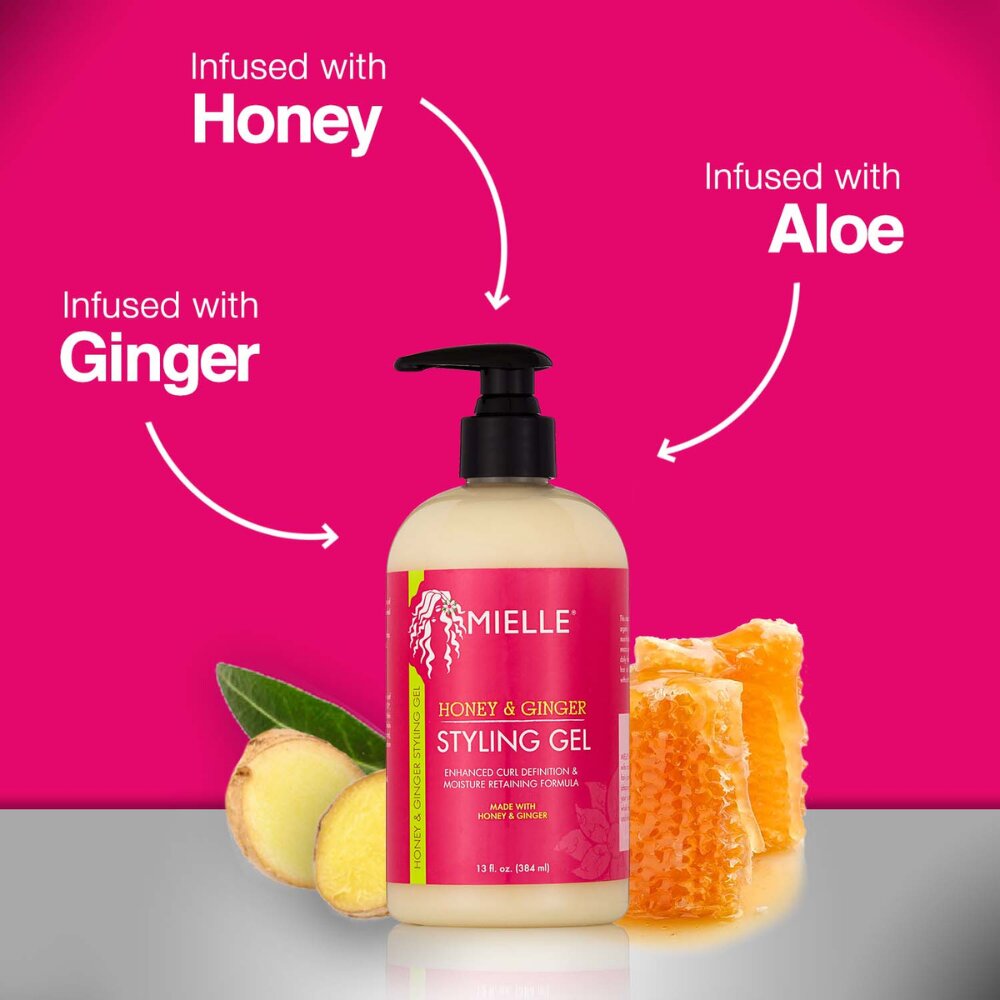By Toia Barry
If you have low porosity hair, the odds are good you were born with it. Our hair’s porosity is one of those things that is passed down genetically. While there are certain behaviors that can change our hair’s porosity level, it typically becomes more porous, not less. Like anything we’re born with, we learn what works for our hair type and what doesn’t. If you haven’t found what works for you yet, or are asking, what is hair porosity, we can help. We’ll show you how to take care of low porosity hair and how to tell if you have it in the first place, so you can master your mane day in and day out.
What is Low Porosity Hair?
If you have low porosity hair, it means your hair cuticles, which are the outermost layer of your hair that lay on top of one another on the hair shaft like shingles on a roof, lay flat and are tightly packed together. The opposite of low porosity hair is high porosity hair. Signs of high porosity hair are cuticles that are too open and spread apart.
Tightly closed cuticles are good for locking in shine and moisture but not so good for trying to get moisture to penetrate your strands in the first place.
When the cuticles are tightly packed together, it is difficult for outside moisture to get in and for your hair’s natural oil to travel down and reach the end of the hair strand. The result can be dehydrated hair with dry frizzy ends. Low porosity can also lead to stunted hair length, breakage, and dullness because natural oils can’t reach the bottom of the hair strand.
Low Porosity Hair Characteristics
You can probably tell if you have low porosity hair just by paying attention to how it looks and behaves. Low porosity hair is often characterized by these qualities:
- Deflects moisture
- Prone to build-up
- Dry ends
- It takes a long time to get thoroughly wet in the shower
- It takes a long time to air dry
How To Care for Low Porosity Hair
Although it can be tough for your naturally low porosity hair to obtain moisture, it is possible. With the right products in your hair care routine, you can achieve your best hair yet. The chief goal of a low porosity hair care routine is to increase your hair's ability to retain moisture so it’s stronger, shinier, healthier, and can get longer.
Here are our top tips for low porosity hair care:
1. Use Lightweight Oils
Because the hair cuticle on low porosity hair is often tightly closed, it’s essential to use lightweight products that can get past the cuticle and nourish your hair. Hair oil, an essential part of the L.O.C. hair method, can do this expertly. Lighter-weight oils such as almond oil and argan oil are great to use on low porosity hair because they can penetrate past the tight cuticles and get deeper into the hair core.
Our Pomegranate & Honey Hair Smoothie is a Babassu oil-based hair serum that is great for thick, curly hair as it provides moisture and strength to thirsty strands. If you’re wondering how to retain low porosity hair, hydrating oils are also crucial because hydrated hair leads to stronger hair that can get longer.

2. Use Heat When Deep Conditioning
Heat is a powerful tool for opening up the hair’s cuticle, which is key for those with less porous hair. Before you deep-condition your hair, you need your hair cuticle to be open to reap the benefits. So, how do you open the cuticle? Well, there are a few ways.
Warm water is the simplest way to open the hair cuticle. When you’re in the shower, use warm water to open the hair cuticle before applying a deep conditioner such as our Mongongo Oil Protein-Free Conditioner. Apply it to wet hair after cleansing and rinsing with warm water, so your hair cuticles will be open and ready to receive all the moisturizing benefits.
If you are using a longer-wear deep conditioning treatment, you can also open up the hair’s cuticle with a hair cap. There are specially designed heat caps that will open up the cuticle, but you can also use a simple shower cap, which will effectively retain your body heat. Apply the deep conditioning treatment, and then apply the heat cap and let it sit. This will ensure the cuticle stays open, allowing your hair to soak up all the benefits of the treatment.
3. Steam The Hair
Steam is another effective way to apply heat to your hair and open up the cuticle. When you steam hair, the cuticle opens, allowing moisture to penetrate the hair strands’ core.
Steam is unlike other forms of water and heat. When water molecules are in vapor form, they are moving more quickly than liquid water molecules and can penetrate your hair more easily as they are with steam.
Steam can not only hydrate your dry hair itself but also help hydrating products be more effective. Use steam when you use any conditioning or styling products to open the cuticle and help the product get to the core of the hair and work its magic. Resist turning on the fan in the bathroom when you hop out of the shower and instead let the steamy air prep your hair for product. You can also use an actual steamer to hydrate and prep your hair.
4. Beware of Protein
Protein is often found in repairing hair products because of its ability to strengthen the hair cuticle. However, low porosity hair is protein-sensitive because the cuticles are already tough and tightly packed together. Adding additional protein to a low porosity hair care routine can cause the hair to become stiff and fragile, so instead of stronger hair, you’re left with hair more prone to breakage.
Protein is often found in conditioners, deep conditioning treatments, and hair masks. Your low porosity hair will be better off with a protein free formula such as our Pomegranate & Honey Leave-In Conditioner. Honey will help your low porosity hair with moisture retention, and when paired with other natural ingredients such as Babassu oil and citrus extracts, it will leave your strands feeling ultra-soft and shiny.

5. Avoid Heavy Products
Heavier hair products such as butter and creams may be an option for how to fix high porosity hair, but they can be tough for low porosity hair to absorb. Instead of doing their job, they will sit on top of the hair and feel sticky or thick right away or build up over time. Build up will cause the hair to thicken and harden, making it even more difficult for low porosity hair to absorb moisture.
6. Treat & Prevent Build Up
Due to its difficulty absorbing moisture, low porosity hair has a hard time absorbing product, so it is prone to build up. Build up can make hair feel cakey and oily, look dull and dirty, and make it difficult for any additional product to reach the core of the hair. This is why every low porosity hair girl needs a clarifying product in her cabinet.
An effective all-natural home remedy for build up is an Apple Cider Vinegar Rinse, which will help loosen debris and cleanse the hair. Just dilute one 1 tablespoon of apple cider vinegar with one cup of water, massage the mixture throughout your hair for a few minutes, and rinse. Do so after shampooing and before conditioning.
To prevent regular build up, make sure you’re using a cleansing yet hydrating shampoo that deep cleans without stripping the hair of its hydrating oils, such as our Pomegranate & Honey Moisturizing Shampoo.

7. Look for Water-Based Products
Water-based hair products are typically lightweight, so they can easily penetrate even the tightly-bound cuticles of low porosity hair. When looking for products that will work with your hair type, inspect the ingredient labels for water. If it is listed as the first or second ingredient, it will be a lightweight formula that will work well for you. Reach for our Honey & Ginger Styling Gel when styling your everyday hair for curl definition, smooth edges, and frizz reduction without product build-up.
8. Avoid Silicones
Silicones form a hydrophobic coating on hair strands that act as a barrier to hydrating and moisturizing ingredients and make it even more difficult for low porosity strands to get moisture. You don’t have to worry about this synthetic ingredient when shopping Mielle Organics. All of our natural hair products are formulated with only organic ingredients—that work—so you can feel good about what you’re putting on your hair.
9. Swap Your Pillowcase
You’ve probably caught on here, but moisture retention is the name of the game for thriving low porosity hair. An area where you may not realize your hair is fighting with your environment is during sleep. Tossing and turning on a cotton pillowcase will not only cause strands to tangle and break but also pulls moisture from your hair. Keep all that hard-worked-for moisture intact by sleeping on a satin or silk pillowcase or wearing a hair cap to bed. A hair cap will also retain heat, so any moisturizing products you just applied will continue to soak into your hair overnight.
10. Shop Specific
When you shop for specifically formulated low porosity or high porosity hair products, you’ll notice more significant results. The ingredients in each of our Mielle Organics low porosity hair care products are delicately picked to help increase your hair's ability to retain moisture so you can experience your shiniest, healthiest, strongest hair.
